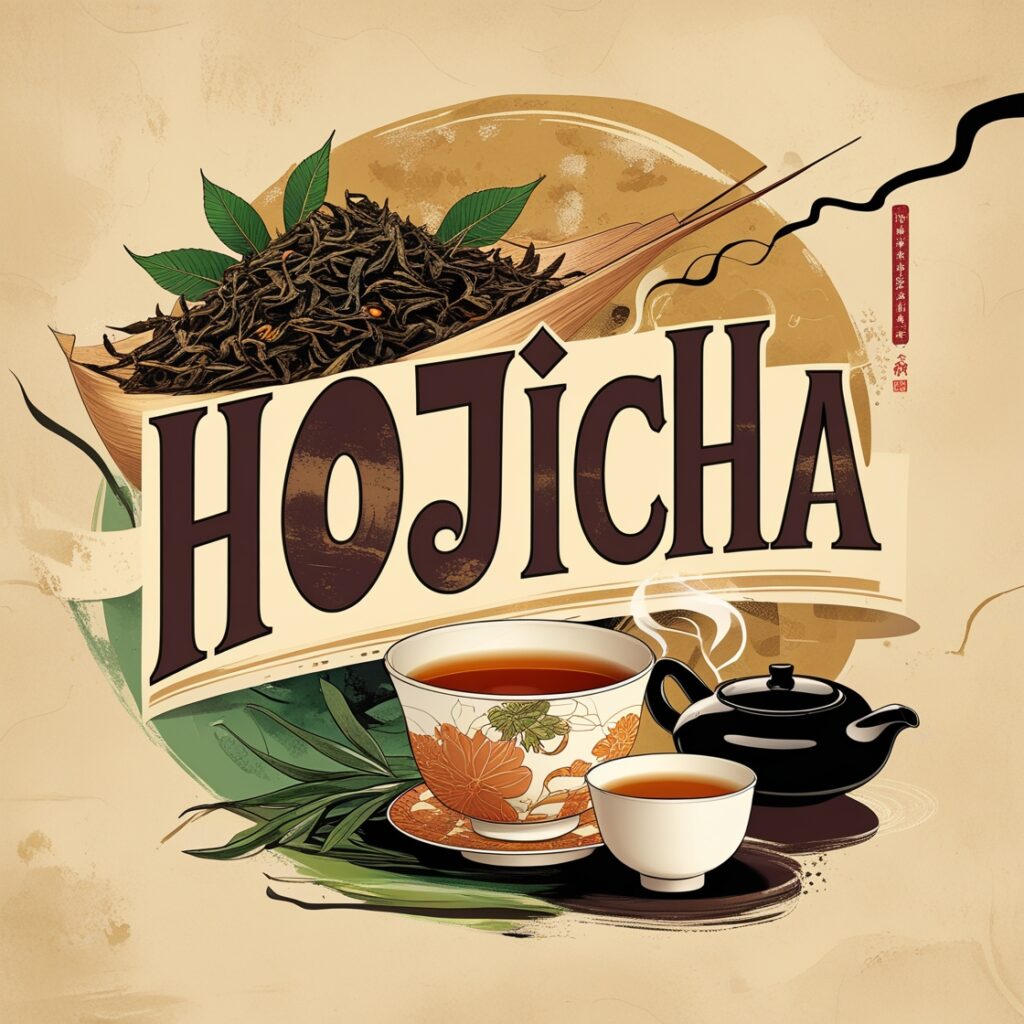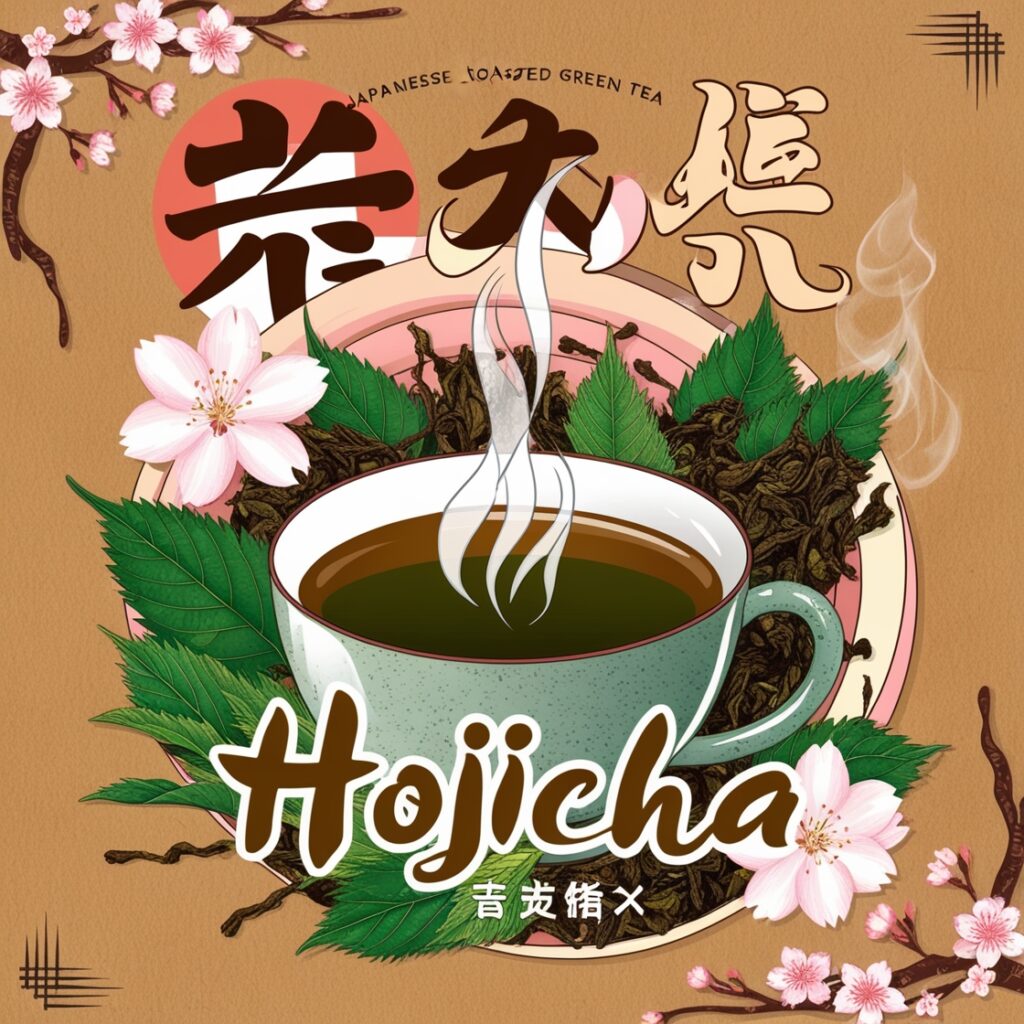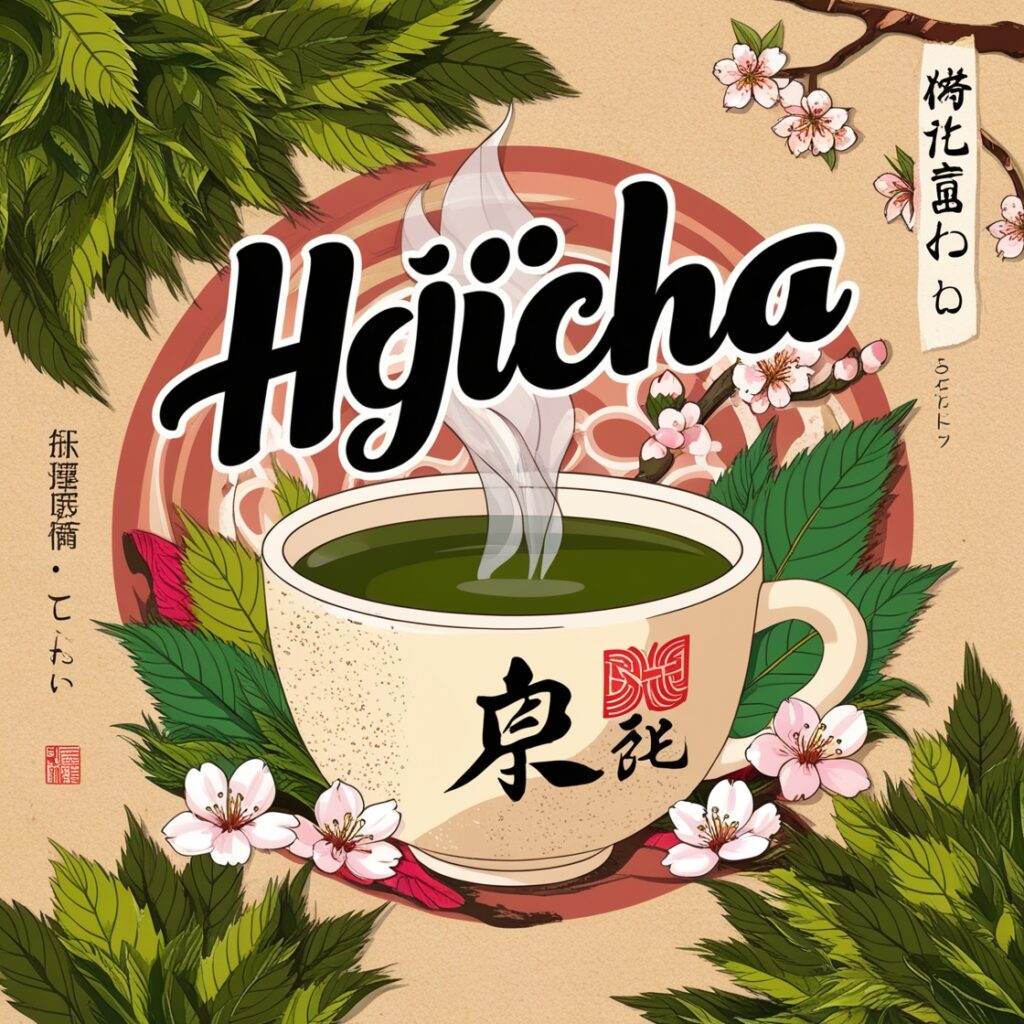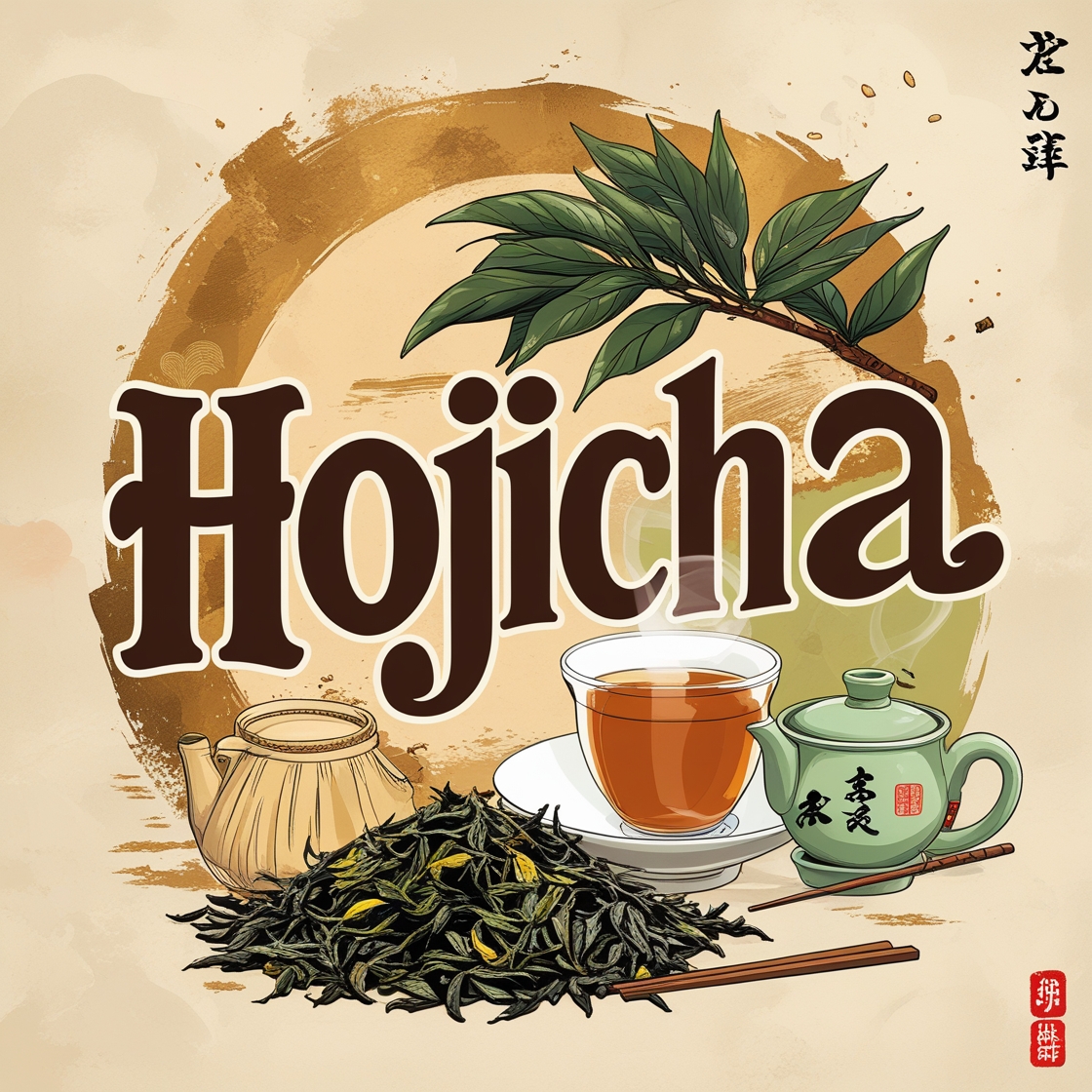In Japan, green tea manufacturing follows a awesome approach that sets it other than many specific tea-producing regions. Unlike Chinese inexperienced teas, which is probably often pan-fired, maximum Japanese types which include matcha, gyokuro, sencha, and genmaicha are steamed quickly after harvest. This mild steaming system lets in maintain the colourful green coloration and touchy nutrients of the tea leaves, whilst moreover shaping their taste profile.
As a end result, Japanese inexperienced teas typically have a tendency to provide a fresh, grassy man or woman layered with umami richness and diffused oceanic notes reminiscent of seaweed. These teas are regularly described as having a greater vegetal and herbaceous flavor as compared to the nuttier, barely smoky taste of roasted green teas discovered in China.
Hojicha is a notable exception to the steaming culture of Japan. Instead of being steamed, Hojicha is roasted at excessive temperatures, giving it a toasty aroma and a wonderful taste. This roasting way transforms the tea’s common inexperienced profile into some thing warmer and earthier, regularly with caramel-like sweetness and a easy, low-caffeine end — making it a famous desire for night time enjoyment.
What is Hojicha? A Deep Dive into Japan’s Roasted Green Tea
Hojicha is a conventional Japanese inexperienced tea in contrast to maximum others—prominent no longer with the aid of its colour or bitterness, however by means of its heat, roasted attraction. Originating in Kyoto all through the Nineteen Twenties, this tea changed into born from ingenuity and a practical technique to waste discount. Rather than discarding leftover tea leaves and twigs, producers started out roasting them over high warmth, coming across a whole new taste profile within the process. The end result? A reddish-brown brew with toasty, comforting notes and a gentle aroma that fast won the hearts of tea drinkers across Japan.
What began as a easy innovation to make use of surplus leaves has developed into a staple of Japanese tea culture. Hojicha is now enjoyed no longer simply in homes, however also in eating places, conventional tea rooms, and modern cafés—both in Japan and overseas.
What Makes Hojicha Unique?
While most Japanese inexperienced teas are steamed to hold their green colour and grassy flavor, Hojicha stands aside due to its specific roasting approach. The tea is uncovered to immoderate temperatures—frequently the usage of a porcelain pot over charcoal—reworking its leaves from inexperienced to a warm temperature brown. This method drastically reduces its caffeine and astringency, growing a brew that’s easy, mild, and suitable for any time of day.
Unlike the vegetal and umami flavors of sencha or gyokuro, Hojicha offers a toasty, slightly nutty taste with hints of caramel and wood smoke. Its fragrance is alluring, often likened to that of roasted nuts or mildly toasted bread, which renders it especially soothing during the colder months.
Cultural Significance and Growing Global Appeal
In Japan, Hojicha has earned a popularity for being moderate on the stomach and smooth to revel in, even for people who aren’t ordinary tea drinkers. It’s frequently the tea of choice for children and the elderly, way to its low caffeine content material material cloth and soothing developments. It’s furthermore generally served after meals in Japanese families and is a staple imparting in hundreds of sushi consuming locations.
But Hojicha’s appeal has now crossed borders. In cutting-edge years, this tea has turn out to be an increasing number of famous worldwide, not most effective for its precise taste however furthermore for its versatility. From conventional warm brews to Hojicha lattes, iced teas, or likely desserts like Hojicha ice cream or pastries, its programs are big and thrilling.
How to Brew the Perfect Cup of Hojicha
Making a delicious cup of Hojicha is a simple method that permits the tea’s precise roasted traits to polish. Here’s a way to do it:

Ingredients Tools:
Loose-leaf Hojicha (1 to at least one.5 teaspoons in keeping with eight ounces. Of water)
- Fresh, filtered water
- Teapot or infuser
- Kettle with temperature control (optional but helpful)
Brewing Instructions: Heat water to a temperature of 80–85°C (176–185°F). Boiling water should be avoided, as it can overpower the roasted notes and introduce bitterness.
Add Hojicha on your teapot or infuser.
Versez l’eau fraîche sur les feuilles et laissez infuser pendant 1,5 à 2 minutes.
Taste and alter steeping time as favored. A longer steep can deepen the roasted flavors however may increase bitterness slightly.
Strain and serve. Hojicha may be enjoyed undeniable or with a dash of oat or dairy milk for a creamy twist.
You also can cold-brew Hojicha through steeping it in cold water for six–eight hours inside the fridge. The end result is a fresh, mellow beverage best for warmer days.
Why Choose Hojicha? Health, Taste, and Tradition
From a well being attitude, Hojicha’s lower caffeine degrees make it a wonderful opportunity to espresso or stronger teas, specifically within the midnight. It’s mild at the digestive gadget and often preferred through manner of those looking to reduce their caffeine consumption with out sacrificing flavor.
Nutritionally, at the same time as Hojicha may not have the same antioxidant tiers as matcha because of its roasting procedure, it nevertheless gives polyphenols and hint minerals that contribute to normal well-being. More importantly, it supports aware eating practices, encouraging slower moments of mirrored image and calm.
See Also : Why Wired Headphones Still Matter
Choosing Hojicha isn’t pretty plenty taste—it’s approximately embracing a tea with deep cultural roots, sustainable origins, and comforting presence. Whether you’re new to Japanese teas or an extended-time enthusiast, Hojicha invites you to sluggish down and feature amusing with every sip.
How Is Hojicha Made? A Step-by means of-Step Look at This Roasted Japanese Green Tea
Hojicha, a uniquely roasted Japanese inexperienced tea, is normally crafted from bancha leaves—the mature tea leaves harvested all through the final plucking of the season. These leaves come from the Camellia sinensis plant, the identical species used for maximum teas global. However, Hojicha’s awesome person comes no longer from the plant itself, but from how it’s processed.

Most Hojicha manufacturing takes vicinity in Kyoto and other famend tea-developing areas in Japan, in which weather and soil situations create best developing environments. Harvested especially in autumn, the leaves undergo a conventional drying and roasting process that sets Hojicha other than other inexperienced teas.
The Hojicha Production Process
Harvesting
The adventure starts offevolved with carefully determined on bancha leaves, frequently picked past due in the developing season. These older, big leaves—every now and then which include stems or twigs (kukicha)—are decided on for their sturdiness and wealthy flavor potential.
Sun Withering and Drying
After harvesting, the leaves are spread out beneath the sun to wither certainly, decreasing moisture and softening their texture. Following this, they may be in addition dried the usage of hot air enthusiasts or heated trays to carry down the moisture content material fabric even greater, preparing them for roasting.
Roasting at High Temperatures
What actually distinguishes Hojicha is the roasting section. Unlike most inexperienced teas which is probably steamed or pan-fired to halt oxidation, Hojicha is roasted at excessive warmth, regularly over charcoal or in sandpits. This way gives the leaves their characteristic reddish-brown hue and creates the signature smoky, caramel-like aroma.
Reduced Caffeine, Rich Flavor
The roasting also lowers the caffeine tiers and softens any bitterness or astringency. Tannins turn out to be more distinguished, giving Hojicha a easy, roasted flavor that many examine to slight espresso or toasted grains. This makes it a favorite for the ones looking to cut back on caffeine while however playing a strong-tasting beverage.

MCQs:
1. What distinguishes Hojicha from the majority of Japanese green teas?
A) It is steamed for longer time
B) It uses only flower buds
✅ C) It is roasted instead of steamed
D) It is blended with spices
2. Where did Hojicha originate?
A) Tokyo
✅ B) Kyoto
C) Osaka
D) Hokkaido
3. Which variety of tea leaves is usually used for making Hojicha?
✅ A) Bancha leaves
B) First flush sencha leaves
C) Matcha powder
D) Jasmine leaves
4. How does roasting affect the caffeine level in Hojicha?
A) It increases caffeine
✅ B) It reduces caffeine
C) It keeps caffeine unchanged
D) It removes all flavor
5. What kind of flavor does Hojicha typically have?
A) Bitter and citrusy
✅ B) Toasty with caramel and nutty notes
C) Minty and sweet
D) Spicy and earthy
6. Why is Hojicha often recommended for evening drinking?
A) It is sweet
B) It boosts energy
✅ C) It has low caffeine
D) It is high in antioxidants
7. Which of the following is NOT a common way to enjoy Hojicha?
A) As a hot tea
B) In lattes
✅ C) Blended with coffee beans
D) In desserts like ice cream
8. What temperature should the water be when brewing Hojicha?
A) Boiling at 100°C
✅ B) Around 80–85°C (176–185°F)
C) Room temperature
D) Below 60°C
9. What additional ingredient is sometimes used to make Hojicha, besides tea leaves?
A) Flower petals
B) Fruit peels
✅ C) Stems or twigs (kukicha)
D) Rice grains
10. What benefit does Hojicha provide beyond its flavor?
A) High sugar content
✅ B) Encourages calm and mindfulness
C) Fast energy boost
D) High in saturated fats
Summary of the Article on Hojicha:
Hojicha is a totally particular Japanese green tea that stands out due to the fact it’s miles roasted in preference to steamed like most exclusive Japanese teas (e.G., matcha, sencha, gyokuro). This roasting approach, evolved in Kyoto inside the Nineteen Twenties, gives Hojicha its heat, toasty taste with notes of caramel and roasted nuts, and a special reddish-brown coloration.
Made normally from bancha leaves, regularly such as stems and twigs (kukicha), Hojicha undergoes solar withering, drying, and excessive-temperature roasting, typically over charcoal. The machine notably reduces its caffeine content material fabric, making it ideal for evening intake, kids, the aged, or absolutely everyone sensitive to caffeine.
Read More About Health At Centomagzine

